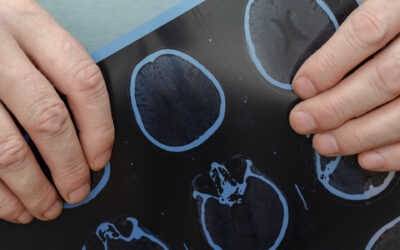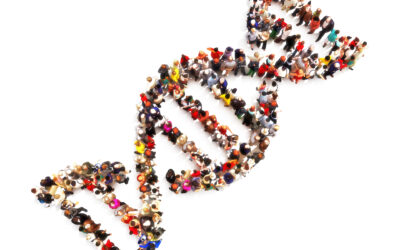What are BioBanks?
“Hello and welcome to our biobank! How can I help you today?” “I’d like 20 aliquots of blood from Caucasian males aged 30-40 years old who were exposed to asbestos.” “Coming right up! Would you like...
What is ALS? And can it be cured?
When I was about 6 or 7 years old, I watched Stephen Hawking beat Sir Isaac Newton, Albert Einstein and an android in a game of poker. I’m not kidding, I really did! Of course it was on an episode...
Why Haven’t We Cured Neurodegenerative Disease?
While chatting to a friend, I noticed a rolled up magazine in his bag. It caught my eye because it was open on a page with Sudoku on it. "Oh hey! I didn't know you enjoyed Sudoku. When did that...
Stem Cell Therapy for Traumatic Brain Injury
Previously, we looked at Traumatic Brain Injury (TBI). To recap, a TBI is an injury to the brain as a result of an external force, such as blow to the head. It is a complex injury with a broad...
Traumatic Brain Injury
Like with any part of the body, your brain can get injured. You may have heard this referenced under many names such as a concussion, stroke, shaken baby syndrome, cerebral contusion or a traumatic...
Why are we all different colors?
Wherever you are right now, take a look around at anyone nearby. If you're alone, picture some people you've seen recently. Consider how hands, hair, mouthes, eyes, on everyone are all different...
Dopaminergic Neurons in Parkinson’s Disease
A friend of my family was diagnosed with Parkinson's Disease (PD) a few years ago. She was, and still is, a very active member of her community. She hosts prayer evenings, children's groups to teach...
An Introduction to Dementia
It's 7am. I wake up full of excitement. I'm 9 years old and today I'm going to have my first Christmas. I slip out of bed. The floor is icy so I dance on edge of balls of my feet to the door....
Epilepsy A-Z: Common and Rare Types of Epilepsy (Part 3)
Epilepsy is a disorder of the central nervous system (CNS) characterized by nerve cell activity disruption resulting in seizures. In a previous article, we introduced what seizures are and how they...









